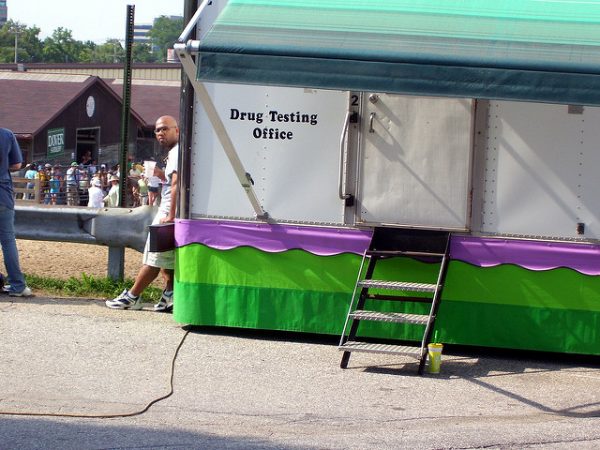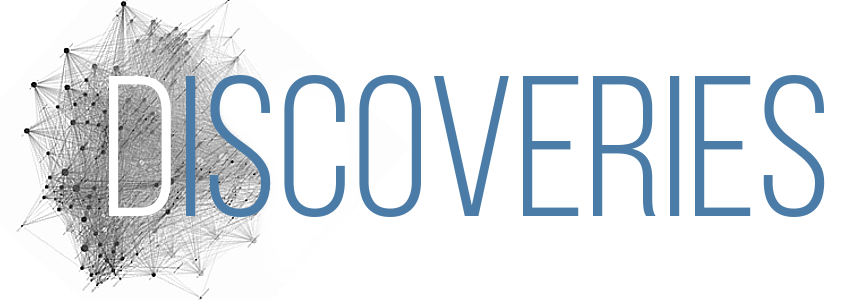
Originally published November 1, 2018.
For a long time, individuals and organizations have drawn stark lines between the “deserving” and the “undeserving” poor. Over the past 40 years, these distinctions have been used to justify cutting or limiting social safety net programs, leading to a decline in cash welfare programs and other parts of social assistance programs that working-age, able-bodied, poor adults are eligible for. Furthermore, researchers have shown that welfare recipients are subject to a growing list of limits, conditions, and expectations. In a recent study, Eric Bjorklund, Andrew P. Davis, and Jessica Pfaffendorf continue such research by examining states’ efforts to implement drug testing for applicants to “Temporary Aid to Needy Families” (TANF), a flagship national welfare program.
In the tense racial and economic climate following Obama’s 2008 election, Arizona became the first state to introduce a policy restricting access to cash welfare for applicants based on drug test results. Since then, 15 states followed by passing drug test policies for recipients of TANF. To understand how the states that passed welfare drug testing policies potentially differ from states that did not, Bjorklund and colleagues looked for patterns in the years leading up to the implementation of the policy. They examined factors such as states’ government ideology, whether a Republican governor ousted a Democrat, the proportion of nonwhites in the population, and the white employment rate.
Both decreases in white labor force participation and having a Republican governor were associated with a state’s implementation of a drug testing policy. The authors rely on social context to explain this finding — specifically, these policies were implemented during the economic recession following Obama’s 2008 election as the first African American President of the United States. Given the importance of the white employment rate, the authors speculate that whites may have held a zero-sum belief that economic gains by people of color would entail losses for whites. Whites’ racialized economic fears may have led them to support restrictive policies framed as “correcting” the behavior of certain “morally compromised” groups, thus prompting politicians and legislators to tighten access to welfare programs by excluding those who failed a drug test. In short, this research highlights the ways social assistance programs can be shaped by public perceptions about who deserves assistance and who doesn’t.

Comments